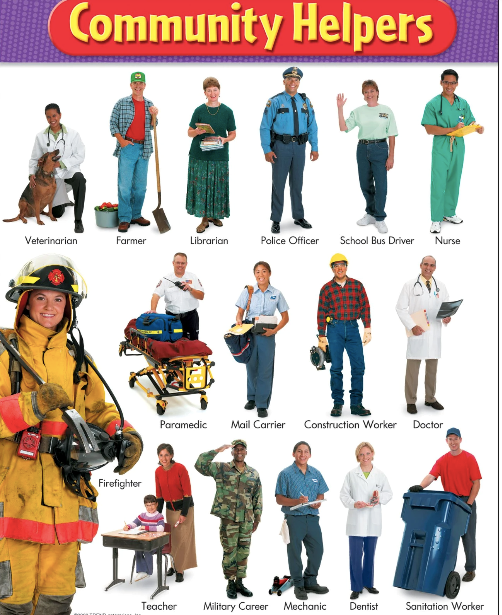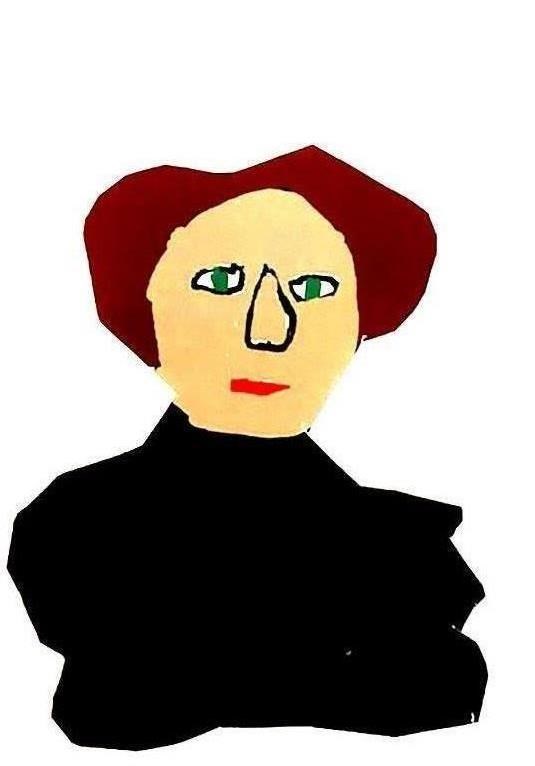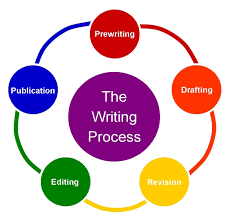Have your students share their hero stories with MY HERO's global audience.
Early Elementary Students
Students submit stories and illustrations to MY HERO for Publication
Students draw a picture of their hero and then write one or two sentences about the individual and why that person is their hero (working on proper sentence structure and punctuation).
This can be integrated with Social Studies units, particularly those units on community. Students choose a person they look up to in their community, write a sentence or two about this person, which includes why he or she is a hero and submit an original drawing.

Integrate MY HERO with your Social Studies Curriculum.
For example, if the class is studying Community Helpers, have students identify those people in their own community that are community helpers. After learning about community helpers, have students choose one. If possible, have them interview who they identified as a community helper. Students are encouraged to draw a picture of their community helper hero and write a sentence or two about this person. (If students are too young to type their sentences in the MY HERO Create Program, have parents or older students help.) Submit student pictures with their sentences.
Upper Elementary
Students choose a hero and write 1-3 paragraphs about the individual and why that person is their hero (working on proper paragraph structure with proper punctuation). Students are encouraged to draw an illustration of their hero.
If students research a hero, they are encouraged to practice note-taking skills, such as using a graphic organizer, and create a bibliography. If students include an image from the internet, they need to use images from the public domain.

Students are encouraged to create their own illustrations for their hero story. The example on the left, story about Clara Barton, was written by an upper elementary student and includes four original illustrations.
Structure of a Three-Paragraph Essay
Opening paragraph—Introduce the subject (your hero) and your main idea. (which can also be called a thesis statement)
Body paragraph—Support your main idea with details, descriptions and examples.
Closing paragraph—Restate your main idea in a new way, summarize the evidence, and end with a larger truth.
Sometimes one of the hardest elements for students to incorporate into their essays is answering the “so what.” They can get caught up in listing facts without taking the time for critical thinking. Just like with all writing, often the most profound sentences come after we think we’ve finished saying everything we wanted to. Those sentences get to the heart of why the subject matter… matters.
MY HERO essays are Expository - they use evidence to support an idea.
This evidence can be actions the hero has taken, the impact the hero has had on others, and the ways the hero has changed the world, and/or the writer. MY HERO value essays that demonstrate not just the subject’s heroic qualities, but why those qualities matter to the writer.
Students can use the three-paragraph essay to talk about their heroes.


Steps of the Writing Process
Prewriting: This is the planning phase of the writing process, when students brainstorm, research, gather and outline ideas, often using diagrams for mapping out their thoughts.
Drafting: Students create their initial essay by writing down all their ideas in an organized way to convey a particular idea or present an argument.
Revising: Students review, modify, and reorganize their work by rearranging, adding, or deleting content, and by making the tone, style, and content appropriate for the intended audience. The goal of revising is to improve the draft.
Editing: Writers proofread and correct errors in grammar and mechanics, and improve style and clarity. At this point peer editing is often helpful.
Publishing: In this last step of the writing process, the essay is published on MY HERO using the Create Program.
Writing Activity after Reading a Biography or Autobiography
Students choose a biography or autobiography about someone they consider a hero. Students fill out a web that includes adjectives describing hero characteristics the subject of the book portrays. Students use this web as they write a story about their hero.
Students use the MY HERO Create Program to submit stories and essays for review and publication.
After teachers register as an educator, they can create a class code to organize students' work and create a class showcase webpage of student published work.
Students register prior to using the create program to submit their stories to MY HERO for publication. MY HERO recommends students register using the class code their teacher created.
Organizer created on 6/28/2020 8:12:23 PM by Jerrilyn Jacobs
Last edited 3/14/2023 12:58:49 PM by Laura Nietzer